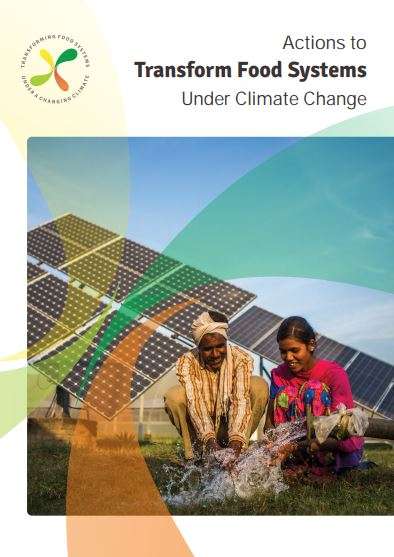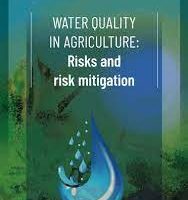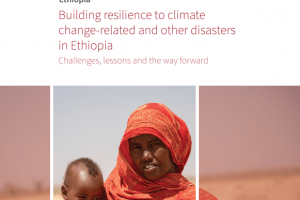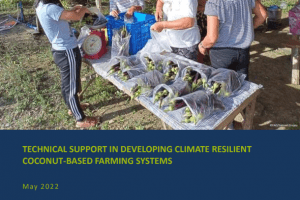This is the overarching message from the wealth of literature on food systems.1 Analysis by Bene and colleagues finds that this growing body of literature focuses on four main types of failures: food systems’ inability (i) to produce greater quantities of food to feed a growing
world population, (ii) to meet nutritional needs, and (iii) to benefit everyone equally and equitably, with both over- and underconsumption rife in current food systems, plus (iv) the negative impacts of food systems on the environment and natural resources.1
Last but far from least, climate change is increasingly having severe negative impacts on food systems, while food systems themselves are part of the problem through direct and indirect emissions.2 Our score for the global food system: cause for grave concern.
Unfortunately, we can take almost any one of these goals and show that we are not on track to achieve it. For example, the pace at which we are reducing undernutrition is not good enough to achieve the Sustainable Development Goal (SDG) for “zero hunger” (Figure B). And in terms of climate targets, our society has not taken the actions necessary to limit global warming to 2°C, let alone 1.5°C. With the current policies we may only achieve a disastrous 3.1°C to 3.7°C warmer world.6 The number of climate-related natural disasters is climbing at an alarming rate (Figure C), with significant economic and health impacts, especially for the most vulnerable. Adaptation is needed on a large scale—there will be over 500 million small-scale agricultural producers in 2030—but we are not on target to build their resilience within a decade to greater frequencies and intensities of extreme events.





Add Comment